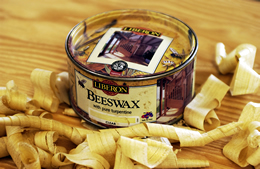WOOD FINISHES
The finish for each piece of furniture is your choice and I can supply whatever you need according to the likely conditions of use. Here are some guidelines:
-
Colour The wood can be left in its natural colour, or dyed to a darker or different colour.
-
Traditional finishing with polish The wood grain is sealed to preserve its integrity and to give a smooth surface, then hand polished with natural beeswax or a similar traditional polish, which gives a deep lustre and a marvellous smell. The polish is worked into the wood using extra fine wire wool. This aromatic, tactile and sensuous finish allows the wood to develop character over the years. It is not however very resistant to marking and you will have to re-polish the wood from time to time.
-
Oil An attractive alternative to polish where harder wear is anticipated is natural oil. After sanding, several coats of oil are applied. The oil is good at resisting moisture induced marking. This finish is not suitable for all timbers and the wood will need to be re-oiled from time to time.
-
Furniture glaze This brushed on varnish provides an attractive low-sheen finish. It gives long-lasting wipe-clean protection from marking by glasses and cups and within reason is good at resisting heat.
-
Lacquer For a very low maintenance wipe-clean finish, a low sheen sprayed lacquer is the ultimate answer. This clear lacquer provides a low lustre similar to wax, whilst being far more robust and tolerant to heat, moisture and marking. The possible downside is that it is so efficient a finish that the furniture stays looking new for longer, rather than building character.

 thm.jpg)



